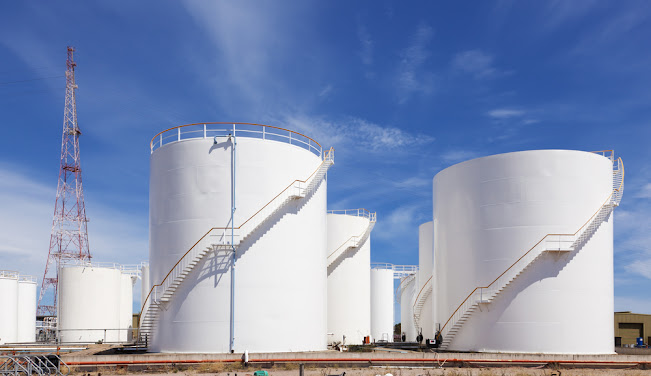EQUIPMENT LAYOUT
- Basic engineering supplier provide the initial information for doing equipment layout work. Piping Department does layout studies in consultation with process, civil, electrical, instrumentation, operations, maintenance and construction for preparing the equipment layout.
- With the help of PFD, P&ID, Site Plan, Vendor data, Equipment Data sheets, Plant North, prevailing wind direction and below mentioned points, equipment general arrangement should be prepared to finalize overall plot size required, major structural requirement, pipe rack widths, access roads and widths etc. Plot Level and grading plan to be taken from Civil and incorporated in the Equipment Layout.
- To start equipment layout ,one should have basic idea of flow sequence of raw material and finished product. The sequence of flow should start from one end near battery limit. This battery limit basis should be finalized on basis of overall site plan and interconnecting piping.
- The major equipment's as per PFD and basic equipment list should then divided into sub system or blocks which consist of interconnected equipment's. Interconnection between various system to be studied. Once the interconnectivity is established , next step is to arrange equipment as per inter-distance and access requirement obtained from OISD-118 or Project specification.
- Study should be required to find out which equipment should be elevated for gravity flow requirement, or which can be elevated for saving floor space, economy and other related advantages and disadvantages. Planning should be done for staircase location, fire and emergency exit and drop zone from the structure.
Various Factors to be considered to develop equipment layout :
- PROCESS REQUIREMENT
- LAYOUT SPACE AVAILABILITY
- EQUIPMENT SIZE
- UNDERGROUND FACILITIES REQUIREMENT
- PIPE RACK
- ROAD, ACCESSWAY, PAVING
- PLANT LAYOUT SPECIFICATION
- ECONOMIC PIPING
- COMMON OPERATION
- FUTURE EXPANSION
- Process unit shall be located on high ground to avoid flooding.
- process units should be located in block type layout for fire fighting purpose.
- PIB, control rooms and substation shall be located at edge of unit adjacent to road at a safe distance from equipment.
- Road access to be provided from all four directions to a process unit for effective fire fighting and dead ends to be avoided.
- Equipment should be arranged alongside the rack as rack is consider main artery of a unit.
- Wind direction: Equipment layout should be done considering prevailing wind direction to avoid travel of hydrocarbon/toxic gases.
- Equipment in Process unit shall be arranged in a sequential order of process flow to minimize pipe run length.
- Layout should allow easy access to all equipment and adequate space and access for piping and instrumentation.
- Emergency escape route ,provide alternate escape routes from potentially dangerous areas subject to fire and hazards.
- Equipment layout and plot plan is used to schedule erection sequence of plant equipment at grade or in structures which include rigging studies for large lifts, Cranes & Derricks.
- Inter distance between equipment and various facilities to be in accordance with OISD-STD-118 & project specification & requirement.
- Licensor/basic engineering supplier data : Capacity of process unit, indicative equipment approximate dimension, Block flow diagram, Utility requirement.
- Process Data : PFD, P&ID , Process data sheet, Hazardous nature of unit, Operating philosophy.
- Civil Data : Plot Level, Grading plan.
- Metrological Data: Wind direction, Rainfall
- Electrical data: Electrical hazardous area classification, substation size.
- Instrumentation data : Analyzer house requirement, PIB sizes.
- PDP data : Site plan & ISBL/OSBL battery limit interface location.
- Statutory requirement : OISD,PESO,IBR,OSHA etc.
<< READ OTHER INTERESTING POST >>
DISTILLATION COLUMN PIPING
PIPE RACK PIPING
PIPING SUPPORTS
EXPANSION LOOP CALCULATION
CHECKLIST FOR PIPING ISOMETRIC
TYPES OF GASKET
Pipe Wall Thickness calculation
TYPES OF FLANGES
TYPES OF PUMP
PUMP PIPING

.jpg)






























I read this post your post is so nice and very informative post thanks for sharing this post.
ReplyDeleteyou can also visit at : AutoCAD® P&ID Certification Training